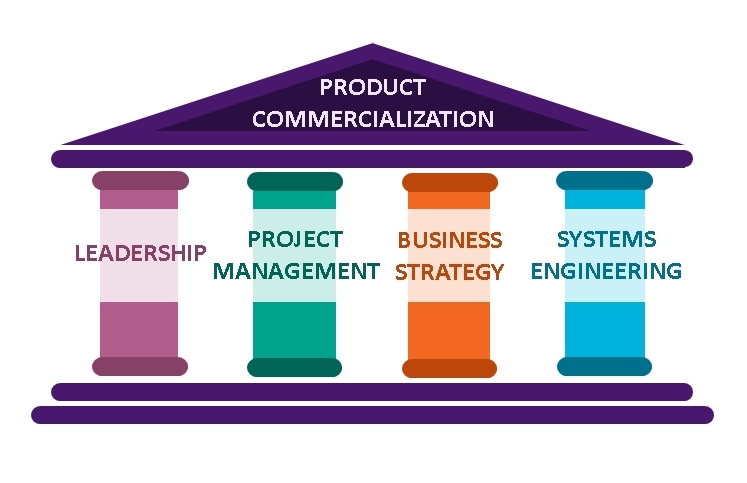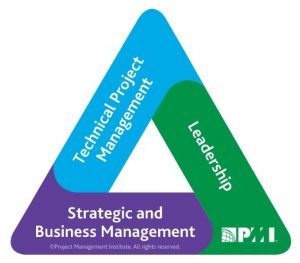
4 Project Management pillars for technology commercialization
One universal attribute of project management is that each company’s deployment will look a little different. Obviously technology commercialization projects are going to be managed differently than infrastructure or IT, but even within the domain of technology projects, there can be considerable difference.
At the core, these projects are First of a Kind (FOAK) development where the only certainty is that you will learn something new. This means embracing change: changes to your plan, changes to your understanding and changes to your concept. As manager of the project management group at StarFish, I am often asked about the structure which enables us to successfully operate in this dynamic environment. The answer: four pillars supporting technology commercialization.
The first pillar is leadership. The project manager has to be able to lead a team through uncharted territory while providing a clear vision and a strong drumbeat to drive the development. Vision, communication, conflict resolution and inspiration enable a project manager to lead teams to great results.
We heavily leverage the Project Management Institute (PMI)’s Talent Triangle which makes project management fundamentals the second pillar.

The second pillar touches on all the process groups and knowledge areas with a heavy emphasis on managing trade-offs with respect to cost, time, scope and risk. Additional emphasis is on managing the ever-present FOAK changes and choosing a tool set that is tailored for the project complexity and stage in its lifecycle. This allows a PM to function in the full product development lifecycle from Phase 0 to Phase 3.
The third pillar is business strategy. From a product management standpoint, it is necessary to address the following: what is the product’s value proposition, what are the user needs, what are the market drivers and what is the product roadmap? From a cash flow perspective: what are the important investor or budgetary milestones? Is it a Proof-of-Principle (PoP) to bring on a new round of investment? 10 units to bring into the clinic for trials? A completed 510(k)? Or is it a high volume (1M+ per year) product transferred to manufacturing? When developing the integrated project design plan, it is imperative to understand these product and financial drivers.
Systems Engineering as the fourth pillar. Whether a mechanical-only device like a medical cart, a software application that manages patient information or a fully integrated multi-disciplinary imaging system, it is critical to manage the integration of the design. This requires careful consideration of the design inputs to develop a system architecture and the full package of design outputs. These drive the core verification and validation (V&V) activities in support of product development and regulatory compliance. We model our approach using a number of best practices from the International Council on Systems Engineering (INCOSE).
Together, these pillars define project management at StarFish Medical and are the reason for our project success in such a challenging, diverse and ultimately rewarding field.
Andrew Morton is the Project Management Manager at StarFish Medical. His work includes projects in Australia, the United States, India and Germany and collaboration with engineering teams in Canada, France, Brazil and Sweden. He is always looking for opportunities to make things better and to help others around him reach their potential.
Image: https://www.pmi.org/learning/training-development/talent-triangle
Discover eight methods and attributes of effective medical device design reviews that help produce a superior product.
Discover the Benefits of Enterprise Partnerships and Working with StarFish Medical.
